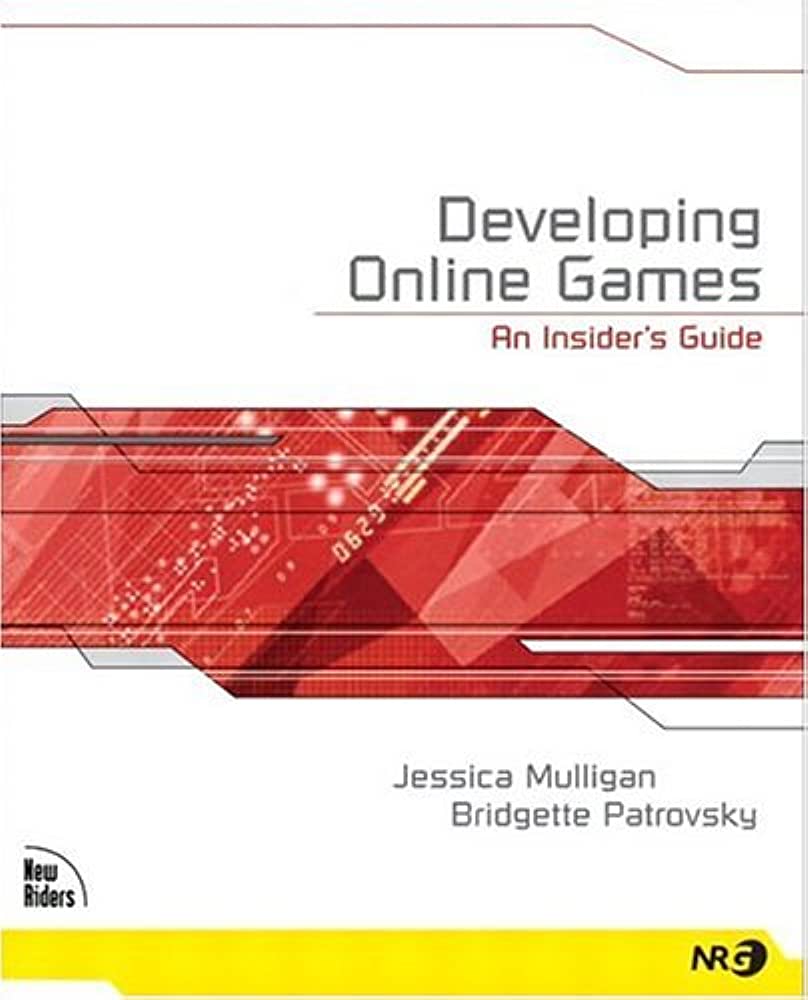The game development process consists of three stages: pre-production, production, and post-production. In the pre-production stage, the basic concept, story, game mechanics, and visual designs are created, and prototyping is done to test what works and what doesn’t. The production stage is where most of the development work happens, from programming to art and asset creation to sound design. The final stage, post-production, involves beta testing, certification, and marketing and PR leading up to the game’s launch. Understanding the game development process can give players and developers a better appreciation for the hard work that goes into creating successful games.
From Concept to Launch: An Insider’s Guide to the Game Development Process
Gaming has become a massive industry in recent years, with millions of people all over the world playing games on their computers, consoles, and mobile devices. But have you ever wondered how these games are created? In this article, we’ll take you through the game development process from start to finish to give you an idea of what it takes to make a successful game.
Stage 1: Pre-Production
The first stage of game development is called pre-production. This is where the basic concept for the game is created, and the team begins to flesh out ideas for the game’s story, characters, and mechanics. The pre-production stage usually involves a lot of brainstorming and prototyping to figure out what works and what doesn’t.
Idea Generation
The first step in pre-production is to come up with an idea for the game. This could be something as simple as a puzzle game or something more complex like an open-world adventure game. Once the basic idea is established, the team will start brainstorming different ways to expand upon it and make it unique.
Concept Art and Design
Once the basic concept has been established, the team will create preliminary designs and concept art for the game. This will help to give everyone involved a better idea of what the game will look like and what kind of vibe it will have.
Prototyping
Prototyping is a critical part of the game development process. During this stage, the team will create basic versions of the game to test out different mechanics and see what works and what doesn’t. This may involve creating simple levels, designing user interfaces, and testing out different control schemes.
Stage 2: Production
The production stage is where the bulk of the development work happens. This is where the team will create all of the assets for the game (like character models, levels, and items) and begin putting everything together.
Programming
The programming team will begin creating the various systems that make up the game, including the game engine, user interfaces, and AI. They will also write the code for the game’s mechanics, including things like physics, collision detection, and enemy behavior.
Art and Asset Creation
The art team will be responsible for creating all of the visual assets for the game. This could include character models, level designs, textures, and animations. They will also create the game’s user interface and any special effects that are needed.
Sound Design
The sound team will create all of the audio for the game, including sound effects, background music, and voice acting. They will work closely with the art team to ensure that the audio complements the visuals and enhances the overall experience of the game.
Stage 3: Post-Production
The final stage of game development is post-production. This is where the finishing touches are put on the game and it is prepared for launch.
Beta Testing
Beta testing involves releasing the game to a small group of people to test it out and find any remaining bugs. This allows the development team to make any necessary changes before the game is released to the public.
Certification
Depending on the platform the game is being released on, it may need to go through a certification process to ensure that it meets certain standards. For example, if the game is being released on a console, it may need to be certified by the console manufacturer before it can be sold.
Marketing and PR
Finally, the marketing and PR teams will work to promote the game and create buzz leading up to its launch. This could include things like trailers, demos, and press releases.
Conclusion
The game development process may seem like a daunting task, but with the right team and the right approach, it can be a rewarding experience that results in a great game. Whether you’re a player or a developer, understanding the game development process can give you a better appreciation for the games you enjoy and the hard work that went into creating them.
